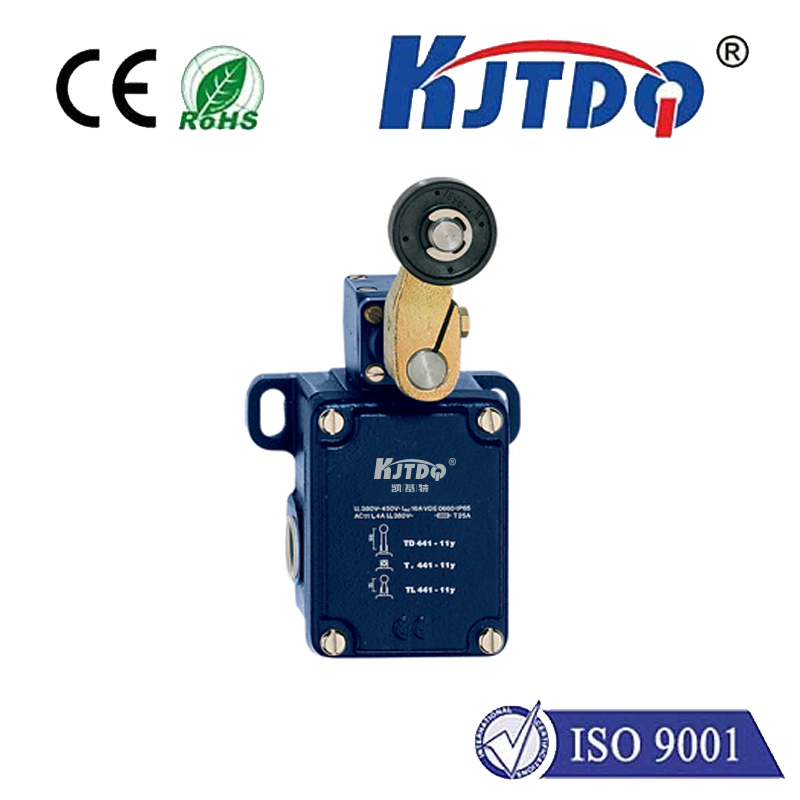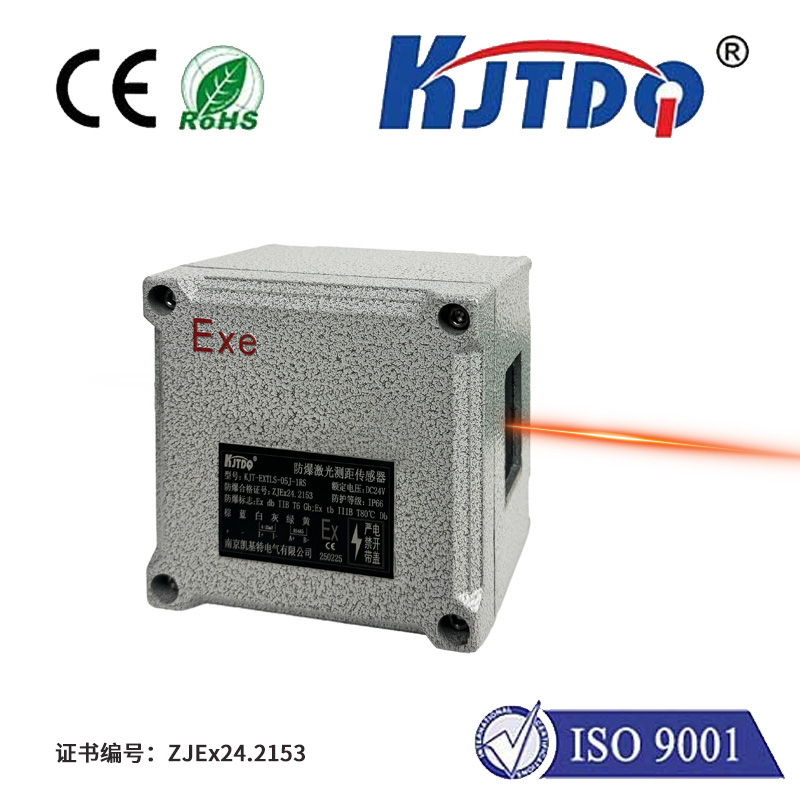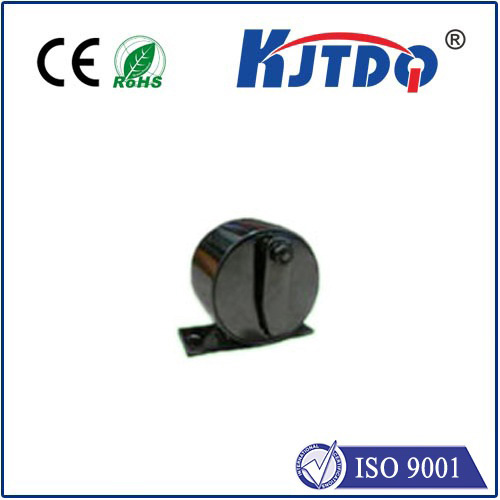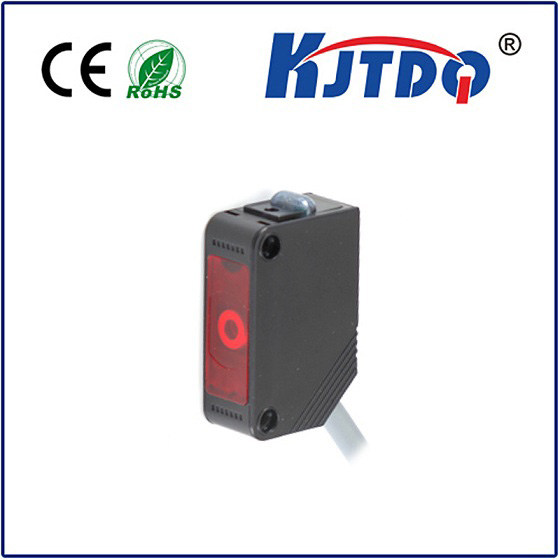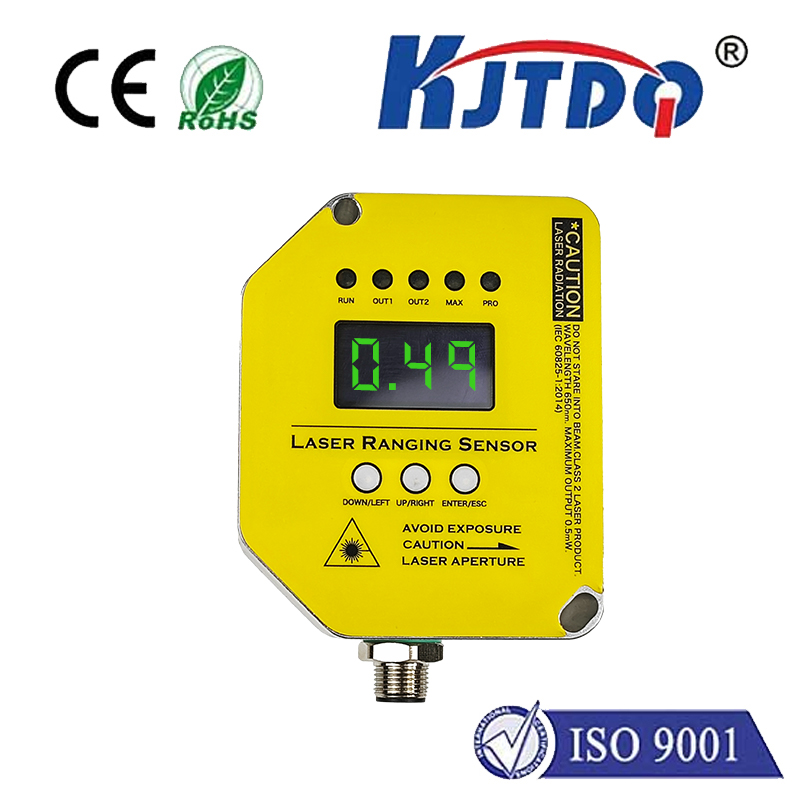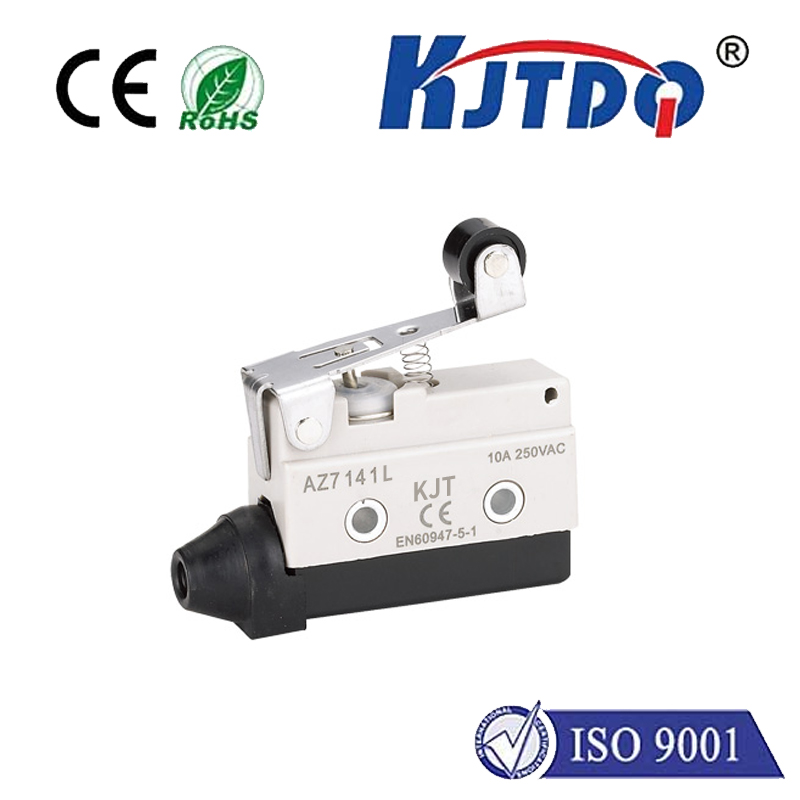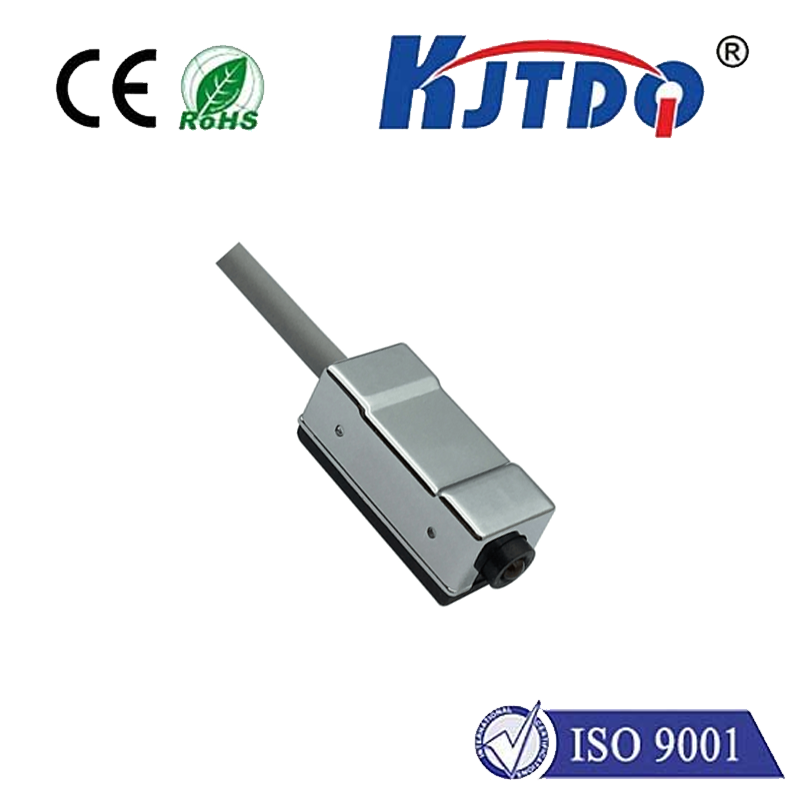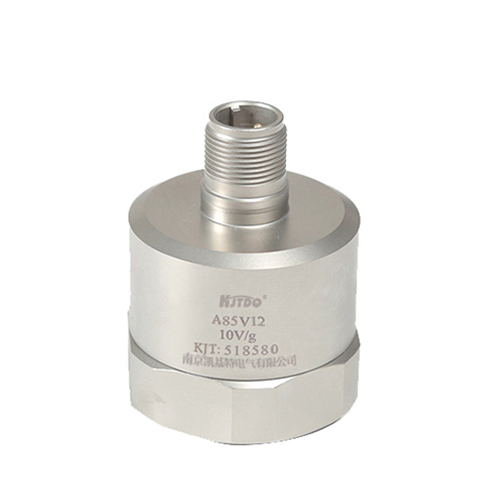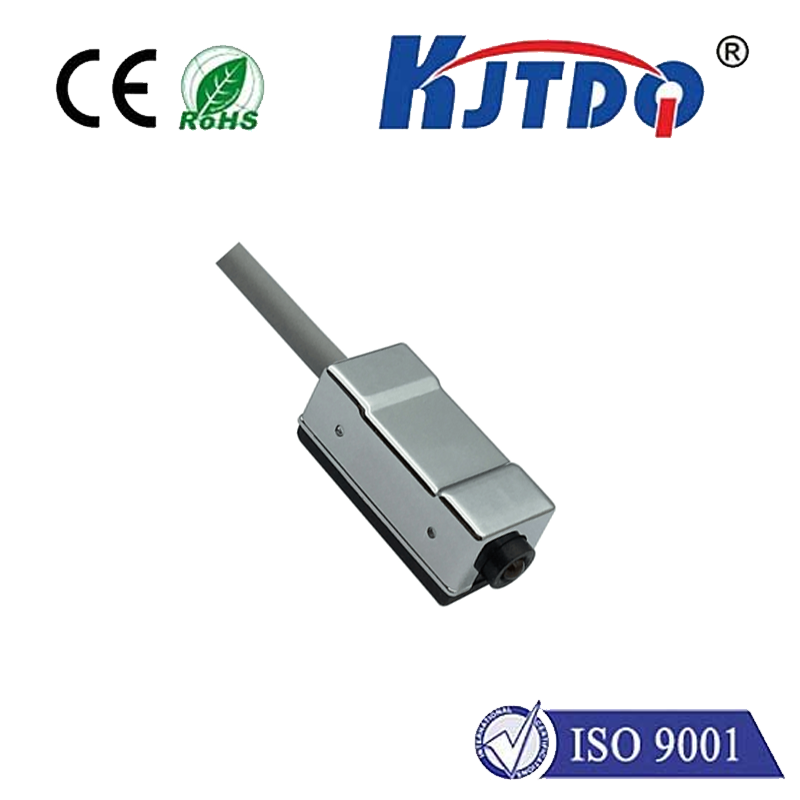

check

check

check

check

check

check

check

check

check

check
As technology continues to advance, so does our ability to innovate and create new solutions. Among the many cutting-edge technologies that have emerged in recent years is the mini proximity sensor. While these small devices may seem insignificant at first glance, their potential applications are vast and varied. In this article, we will delve into the functionalities and utilities of mini proximity sensors, exploring the ways in which they are transforming industries and enhancing our daily lives.
Introduction:
A mini proximity sensor is a tiny device that can detect physical proximity between two objects or persons. These sensors are made up of a microchip, a photodiode, and an amplifier, and they work by measuring the change in electrical conductivity between these objects when they come into contact with each other. With their ability to sense physical interactions without being physically touched or observed, mini proximity sensors are finding widespread use in various fields such as automotive, healthcare, security, and consumer electronics.
Section 1: Automotive Industry
One of the most promising applications of mini proximity sensors is in the automotive industry. By utilizing these sensors, manufacturers can create innovative safety features for vehicles such as automatic emergency braking systems, lane departure warnings, and blind-spot monitoring. For example, when a car is driving on the road, mini proximity sensors can detect if it is approaching another vehicle from behind. If an accident is imminent, the system can alert the driver and prevent collisions. This technology not only improves driving safety but also saves lives and reduces traffic congestion.
Section 2: Healthcare Industry
In the healthcare industry, mini proximity sensors can be used for non-invasive monitoring of patients' vital signs. These sensors can detect changes in body temperature, blood pressure, or heart rate and transmit this information to medical professionals in real-time. This allows doctors to remotely monitor patients' conditions and provide timely interventions if necessary. Moreover, mini proximity sensors can also be used for drug delivery systems, where they can detect when a patient has taken their medication and reduce the risk of overdosing.
Section 3: Security Industry
Mini proximity sensors are widely used in security systems to identify individuals who are authorized to enter a restricted area. By using facial recognition technology combined with mini proximity sensors, security personnel can quickly identify suspects who pose a threat to the safety of others. Additionally, these sensors can also be used to track people's movements within a premises to detect any unauthorized access attempts or theft incidents.
Section 4: Consumer Electronics
In consumer electronics such as smartphones and smartwatches, mini proximity sensors are used for fingerprint recognition and touch screen functionality. These sensors enable users to unlock their devices by simply placing their finger on the screen, eliminating the need for complex passwords or passcodes. Furthermore, by integrating mini proximity sensors into home automation systems, homeowners can control various household appliances such as lights, thermostats, and door locks using their smartphones or voice commands.
Conclusion:
The advancements in mini proximity sensor technology have opened up numerous possibilities for innovation and improvement across various industries. From enhancing driving safety to improving healthcare outcomes to simplifying consumer experiences, these small but powerful devices are transforming the way we live and interact with the world around us. As research continues to advance, we can expect even more exciting developments in this field in the years to come.
